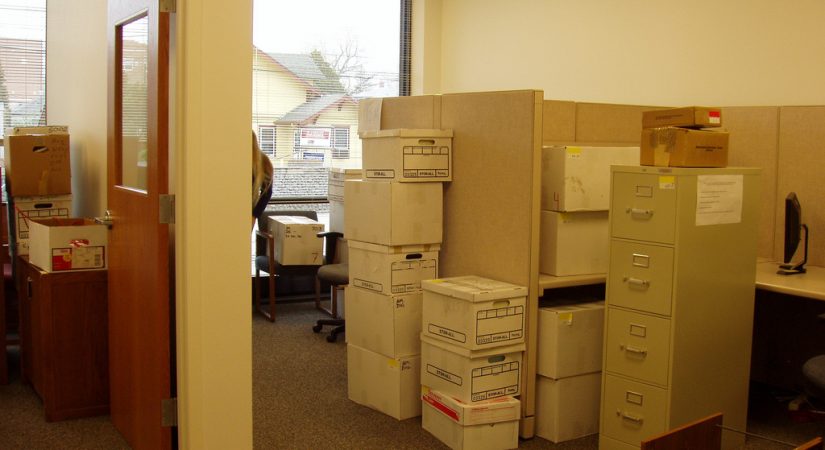If you are moving offices because your company is expanding and you need to relocate to more spacious premises, congratulations on your business’ growth! But the question is…
What now?
Relocating a business takes time. It is a costly process that is often avoided as much as possible. But when it is absolutely necessary, there are certain strategies to making it a successful move.
Here’s a step-by-step guide to relocating a business with ease:
1. Set a budget for the move.
Moving to another location involves its own costs. The business needs to have a budget prepared which will cover everything from new office fit outs, employee relocation, redundancy, or recruitment (whichever is applicable) expenses, as well as the cost of the business’ time specifically allocated for the move.

2. Choose the right location for the business.
The chosen location can either have a positive or a negative impact on the business. A good rule of thumb to follow when searching for a new place for a business is to go for places which have a fair amount of traffic and visibility. When it comes down to it, the number of cars or pedestrians that pass by the place, as well as the number of individuals residing within a 2-kilometer radius of the prospective location, matters and can make a difference in terms of visibility and sales. A reliable commercial real estate broker should be able to provide valuable assistance with this.

3. Plan the layout of the new office space.
It is only practical that the layout of the new office space is carefully planned and considered before the business (with its employees) is set to move there completely. This will help make the transition run smoothly. From desk arrangements, to specific equipment – everything needs to be mapped out and prepared in advance.

4.Enlist the help of the right people.
Professional office removers can help businesses design floor plans for the new place, including the placement of equipment and desks. They also offer assistance on proper labeling and the disposal of old equipment. Apart from these people, it would also be wise to have an assigned individual/s who will facilitate the move and ensure employees are well-informed and updated on the relocation’s progress.

5. Get all connections ready.
The new office at the new location must be fully operational before the scheduled moving day itself. That way, employees will be able to jump back into their routines and get down to their tasks more easily.
6. Update stationery and promotional materials.
One of the most commonly forgotten or neglected tasks when relocating a business is updating the business address on the company website, stationery and other advertising material. Keeping the business address updated is crucial to decreasing the impact of the move to the business’ existing and potential customers.
7. Take advantage of the marketing opportunity.
Relocating a business presents a marketing opportunity like no other. Apart from the marketing advantage, letting customers and suppliers know about the move will help keep the disruption to the business to a minimum. Keeping clients and suppliers in the loop about what’s happening with the company and what’s up with the big move will also help dispel rumours and other unwanted negative publicity.



